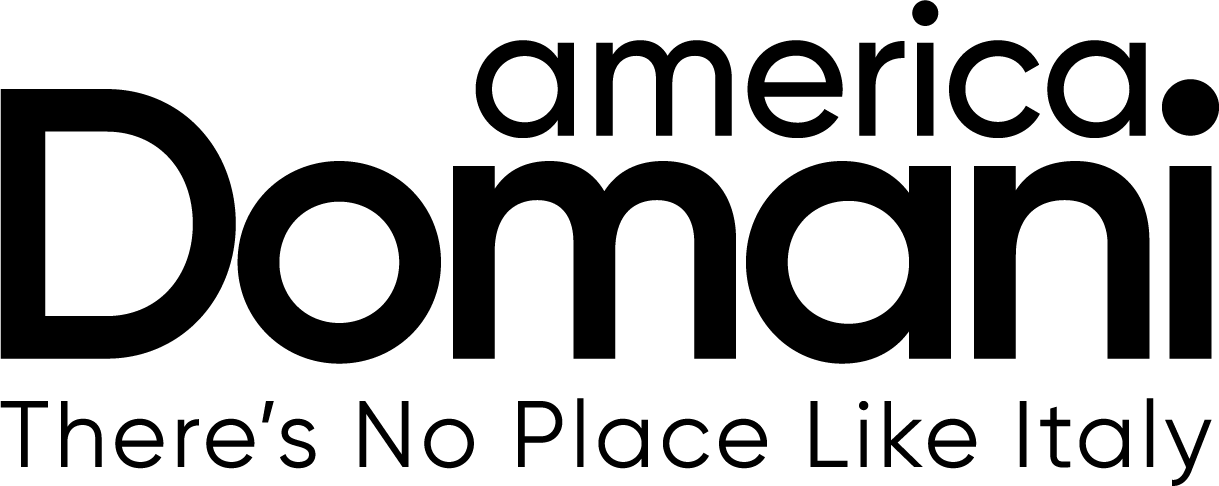More than the name of one of New York City’s airports, Fiorello La Guardia is widely regarded as the best mayor to serve in New York City and one of the best mayors in American history. He transformed New York City through determined leadership and tireless effort, establishing a relationship with the federal government that revitalized the city during the Great Depression. He supported projects that modernized New York’s infrastructure and landscape. His bold ideas solidified him as a dedicated, dramatic, dynamic champion for New York City.
Early Life

Fiorello La Guardia was born in Greenwich Village, Manhattan to Italian-immigrant parents, Achille Luigi Carlo La Guardia and Irene Luzzatto-Coen, in 1882. His father enlisted in the United States Army in 1885 and his family moved around the country and found themselves in Arizona. It was in the southwest that Fiorello joined the Episcopal Church and practiced his faith for his entire life. His family continued to uproot until his father was stationed in Mobile, Alabama. Fiorello had a failed attempt to follow in his father’s footsteps - he tried to join the U.S. Arm and was rejected. After contracting hepatitis and malaria, Achille was discharged from the military due to his illness and given a pension of $8 per month. The La Guardia family relocated to Trieste, Italy and Fiorello’s father died in modern-day Slovenia on October 21, 1904.
Political Career

Fiorello began his career in the political world as a clerk for the U.S. Consulate in Budapest from 1901 to 1904. After pursuing different roles within various diplomatic missions and a missed opportunity as the Consul General of the U.S. Embassy in Belgrade, La Guardia returned to New York to work as an interpreter, speaking English, Italian, German, and Croatian, for Immigration Services on Ellis Island from 1907-1910. After graduating from NYU Law School and passing the New York state bar in 1910, Fiorello campaigned for a seat in the U.S. House of Representatives in 1914. Although he suffered defeat, he won the Republican nomination in 1916 and appealed to many diverse ethnic groups. During his tenure in U.S. Representatives, he served on the Judiciary Committee, being quoted as "the most valuable member of Congress today" by Oswald Garrison Villard, editor of The Nation.
Mayor of New York City

La Guardia ran for New York City mayor in the 1929 election and lost to Jimmy Walker. In 1933, scandal forced Walker out of office and La Guardia was determined to take his position. He ran for mayor on the Fusion Party Platform, supported heavily by Republicans, Democrats for reform, and Independents. As La Guardia campaigned for mayor, he promised the government would embody honesty, inclusivity, and efficiency. With support and allegiance from Republicans, Jewish and Italian Communities, socialists, and a small portion of Democrats, La Guardia won the election for New York City mayor.
Fiorello La Guardia established five goals as the mayor of New York City within his first 100 days in office:
He worked closely with Robert Moses and sought approval from the New York State Governor to improve crumbling infrastructure. His goals restored the post-Depression era economy and revitalized the city. Together, the pair helped build the West Side Highway, East River Drive, Brooklyn Battery Tunnel, Triborough Bridge, and two major airports - all still in operation today.
Taking on the mafia, La Guardia ordered the arrest of the infamous mob boss Lucky Luciano. He declared gangsters created a negative stereotype for the Italian-American community. He banned slot machines, burlesque shows, and pinball machines to prohibit gambling and other “immoral” pleasures. As promised on the campaign trail, he proposed city council reform to create the New York City Board of Estimates in 1938.
World War II

President Franklin Delano Roosevelt was a supporter of La Guardia and appointed him the first director of the Office of Civilian Defense. The newly created position prepared American cities for blackouts, air raid wardens, sirens, and shelters in the event of German invasion. This new commission gave middle-class civilians a way to become volunteers and get involved in war efforts. During World War II, La Guardia successfully curbed the growth of unemployment in New York City.
Leaving a Legacy

La Guardia leaves behind a lasting legacy as a strong and charismatic leader who greatly improved America’s most populous city. As a successful political leader who came from immigrant parents, he encouraged ethnic communities to get engagement in politics and get involved in the city. His bold goals and ambitions led to the great advancement of infrastructure. With a hands-on approach, La Guardia won the hearts of New Yorkers and the beloved mayor will forever be remembered as one of New York’s finest leaders.
AJ Forrisi
Assistant Editor for America Domani, AJ Forrisi is a Brooklyn-based writer and photographer. His work focuses on food, travel, sports, landscapes, and urban scenes. You can find him on Instagram @aj.photo.works.

